Insignificant moments made decisive: exceptional photographs in OVR:20c
Explore the best of photography in the upcoming Online Viewing Rooms
Log in and subscribe to receive Art Basel Stories directly in your inbox.
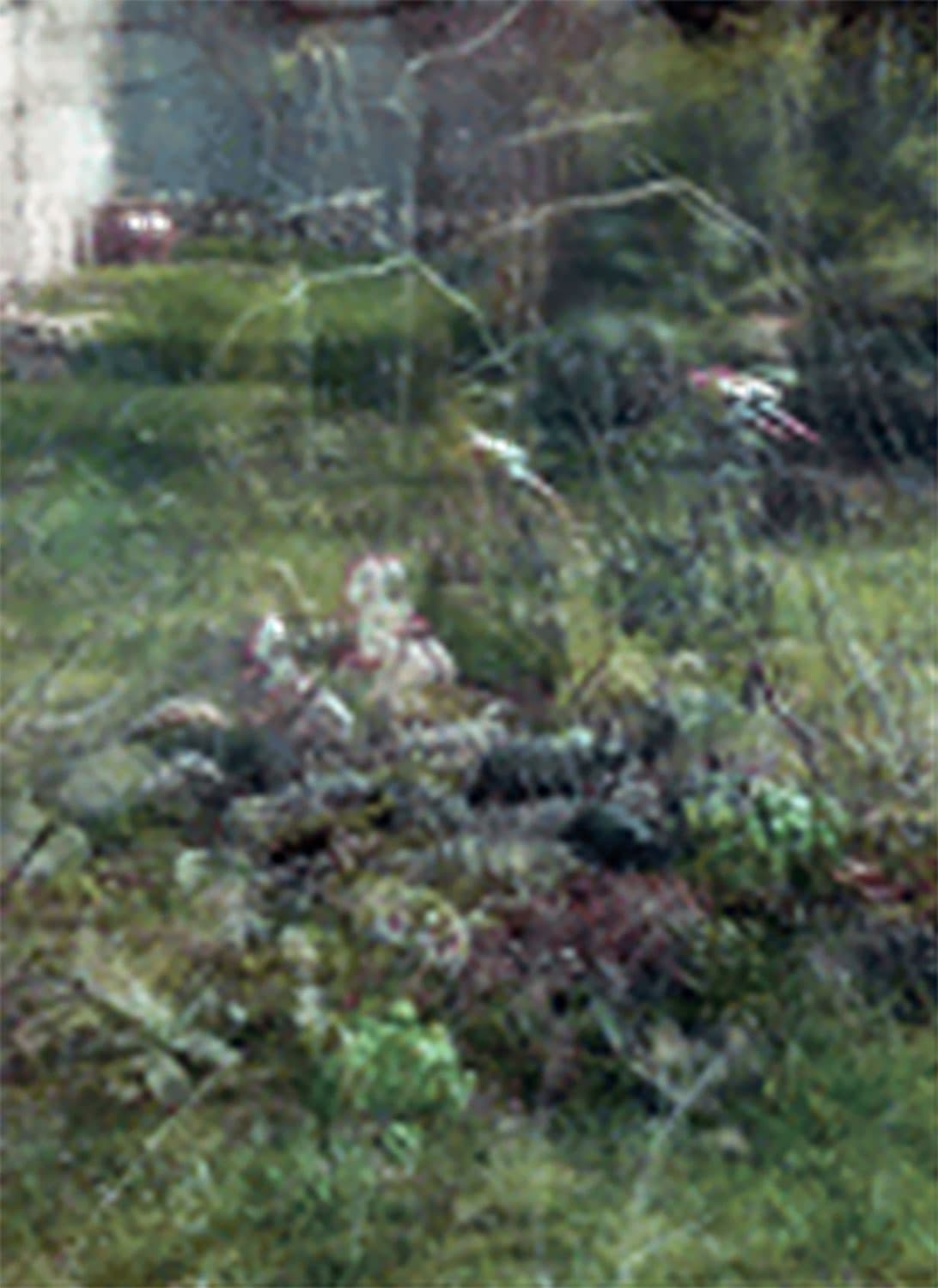
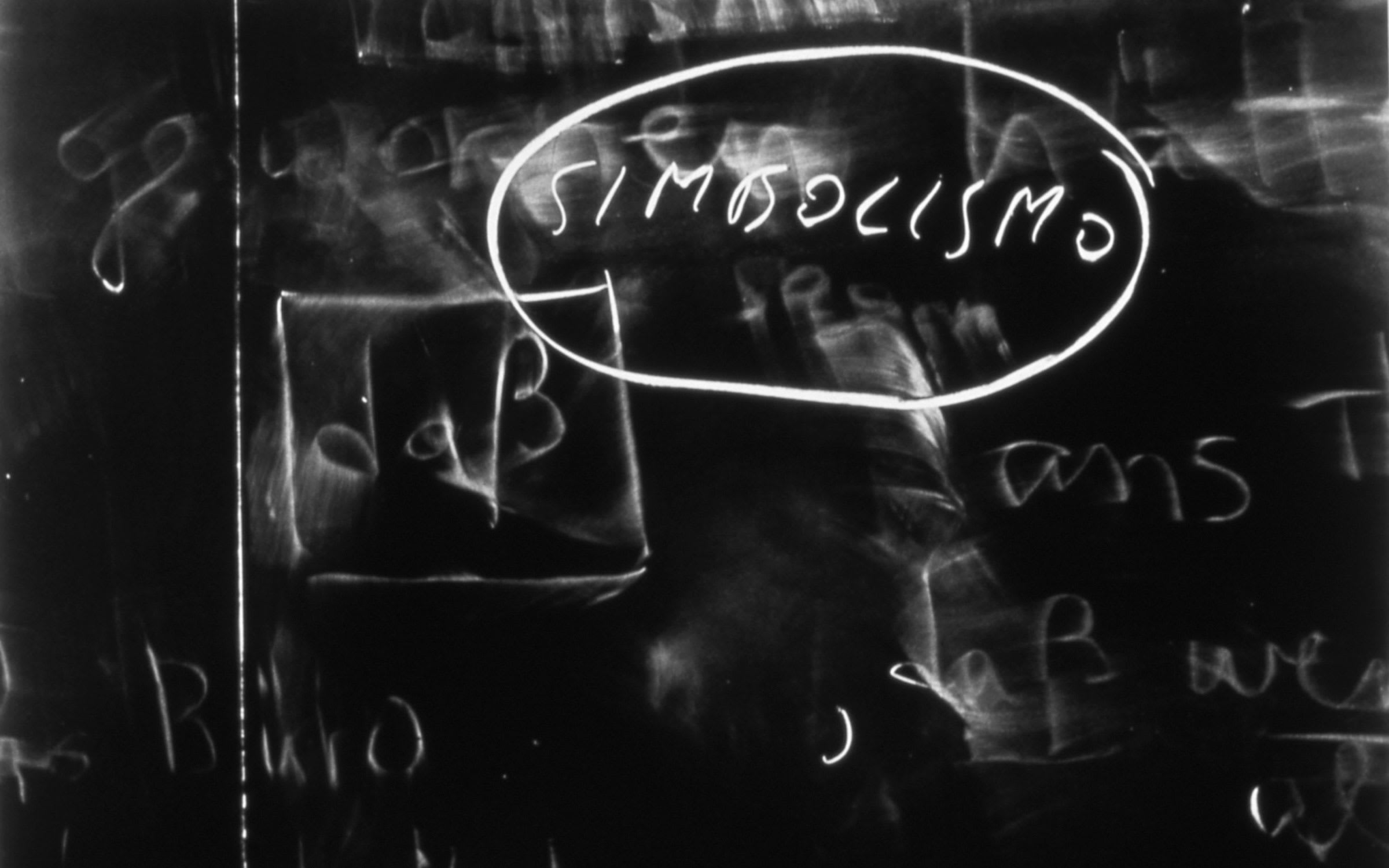
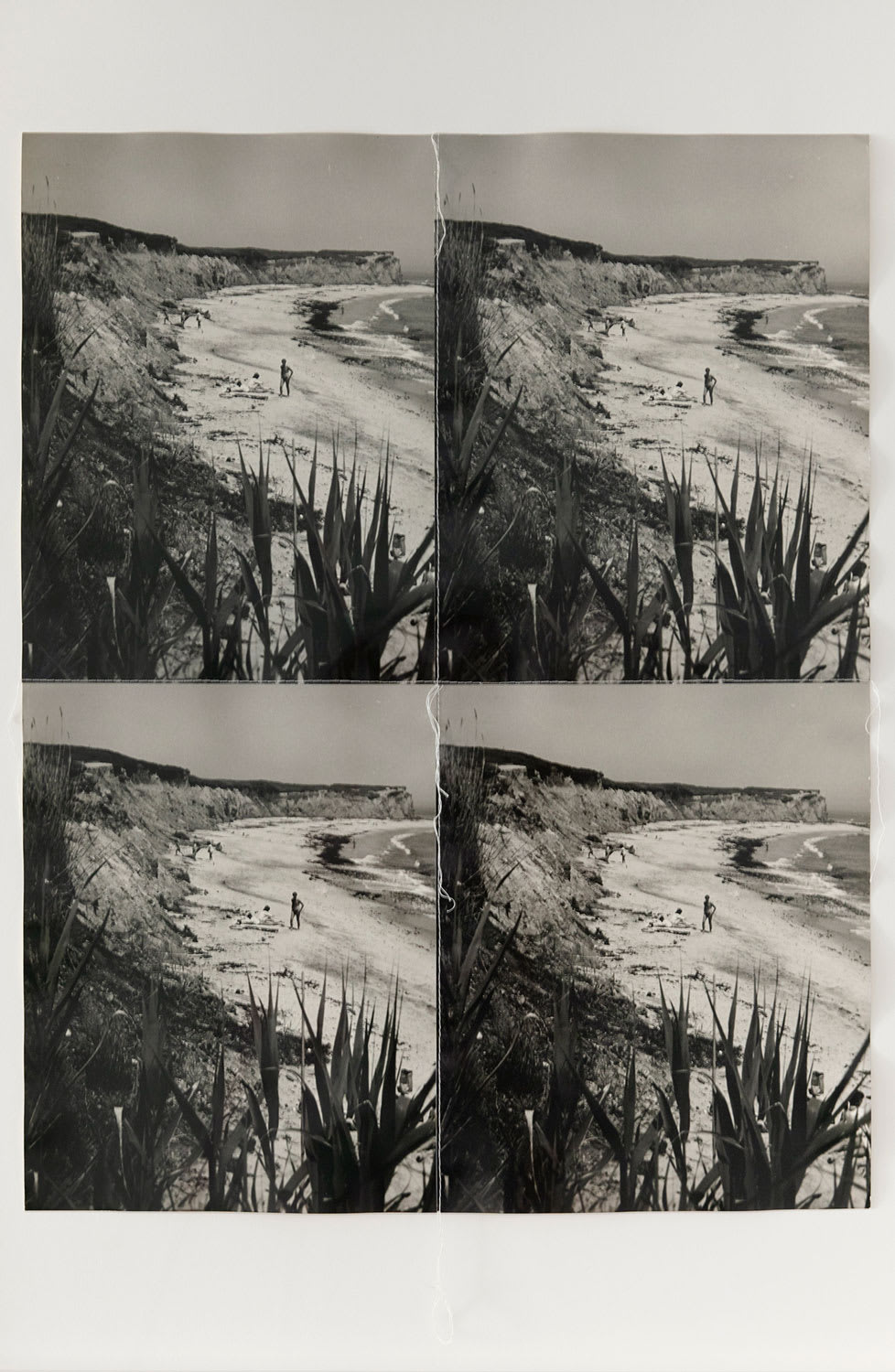
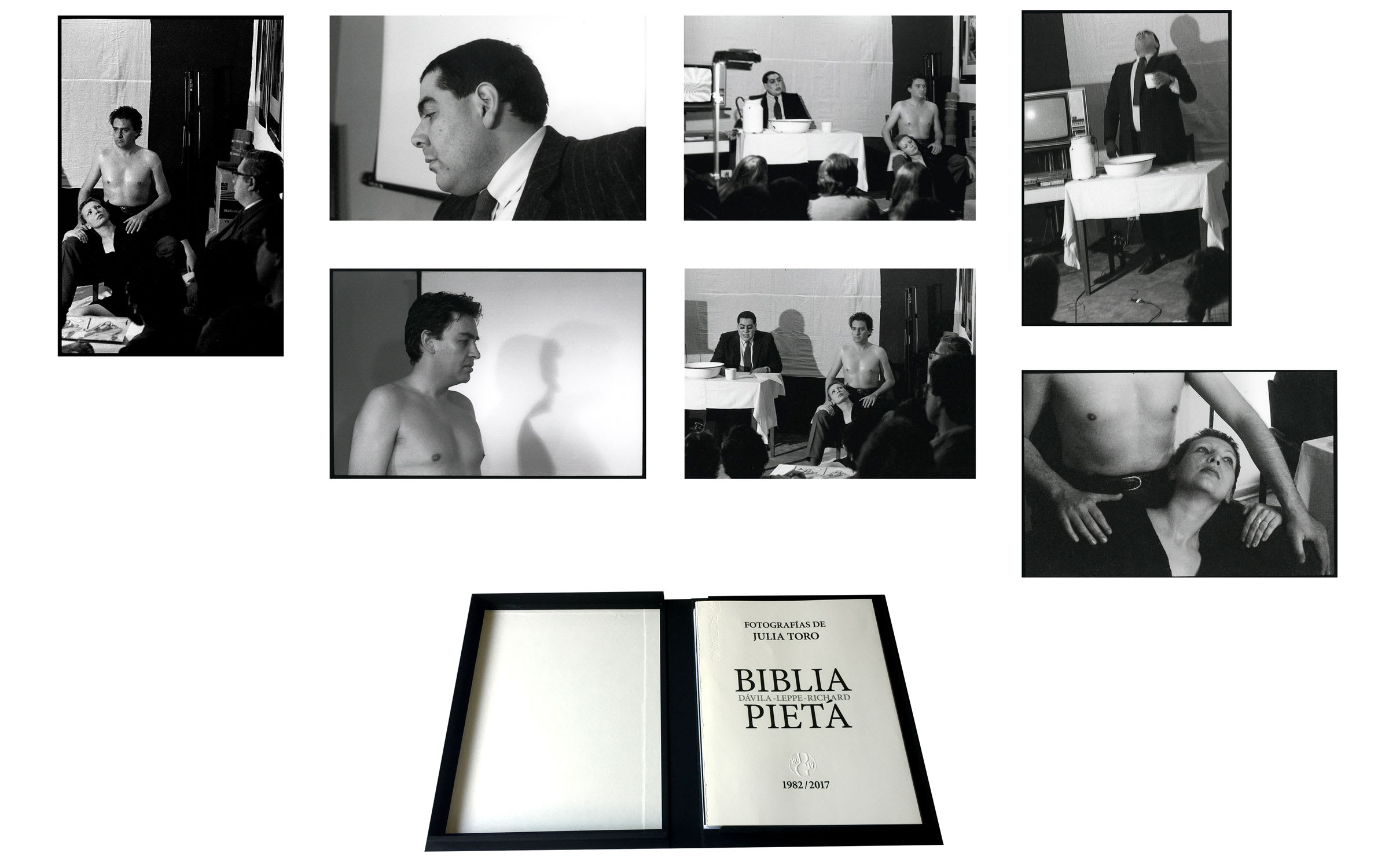
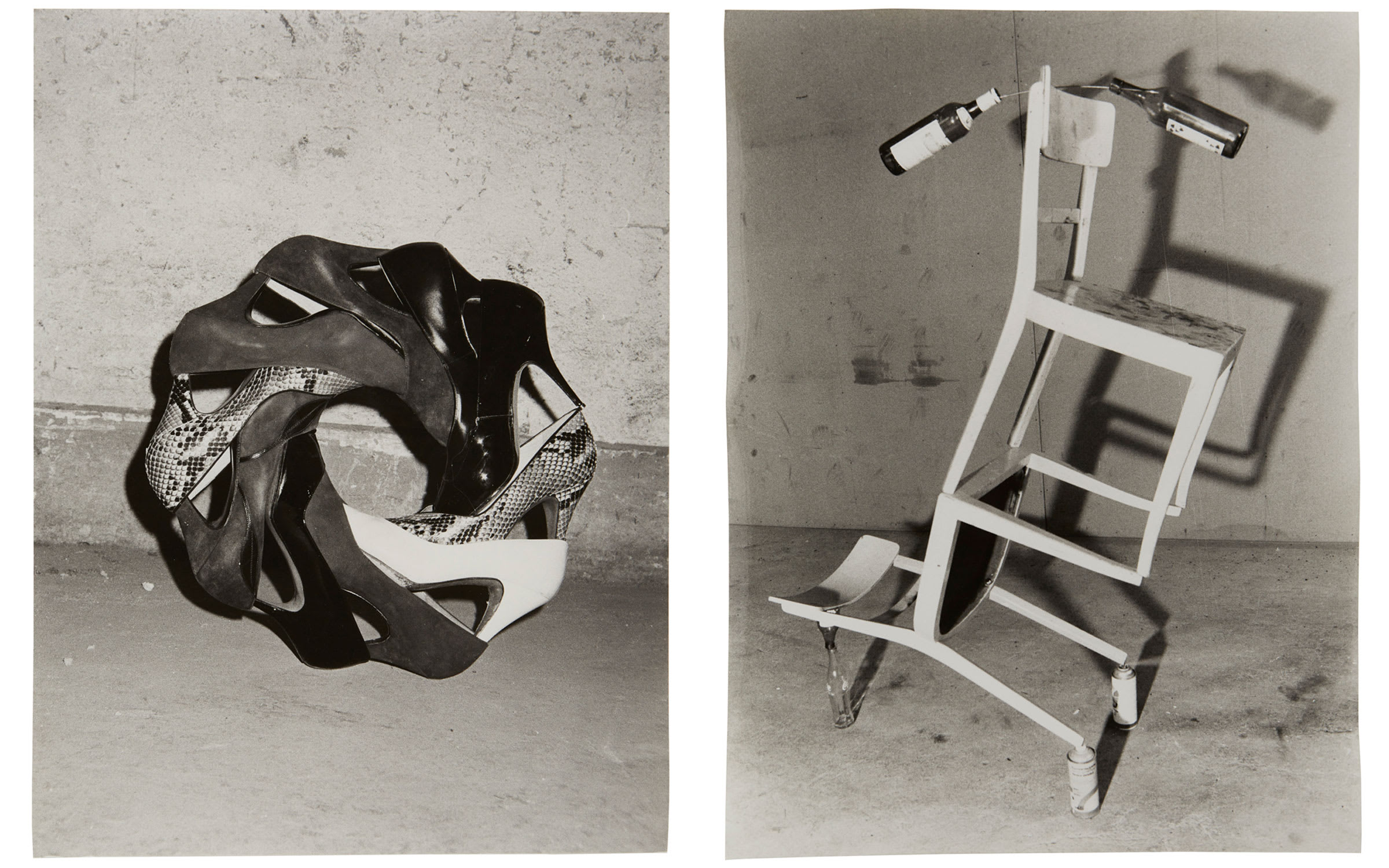
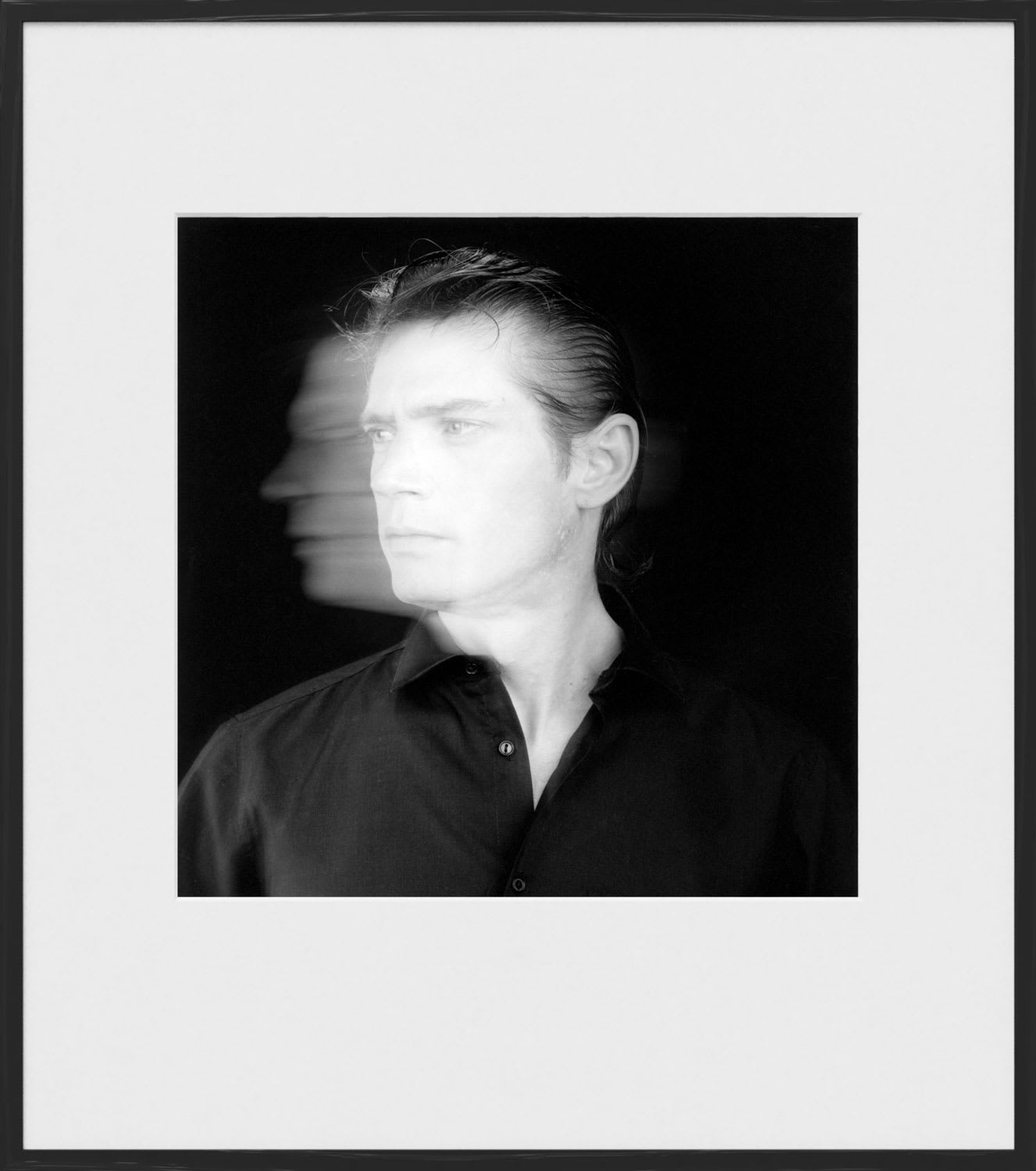
Explore the best of photography in the upcoming Online Viewing Rooms
Log in and subscribe to receive Art Basel Stories directly in your inbox.





